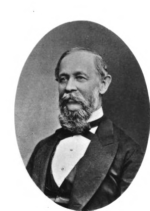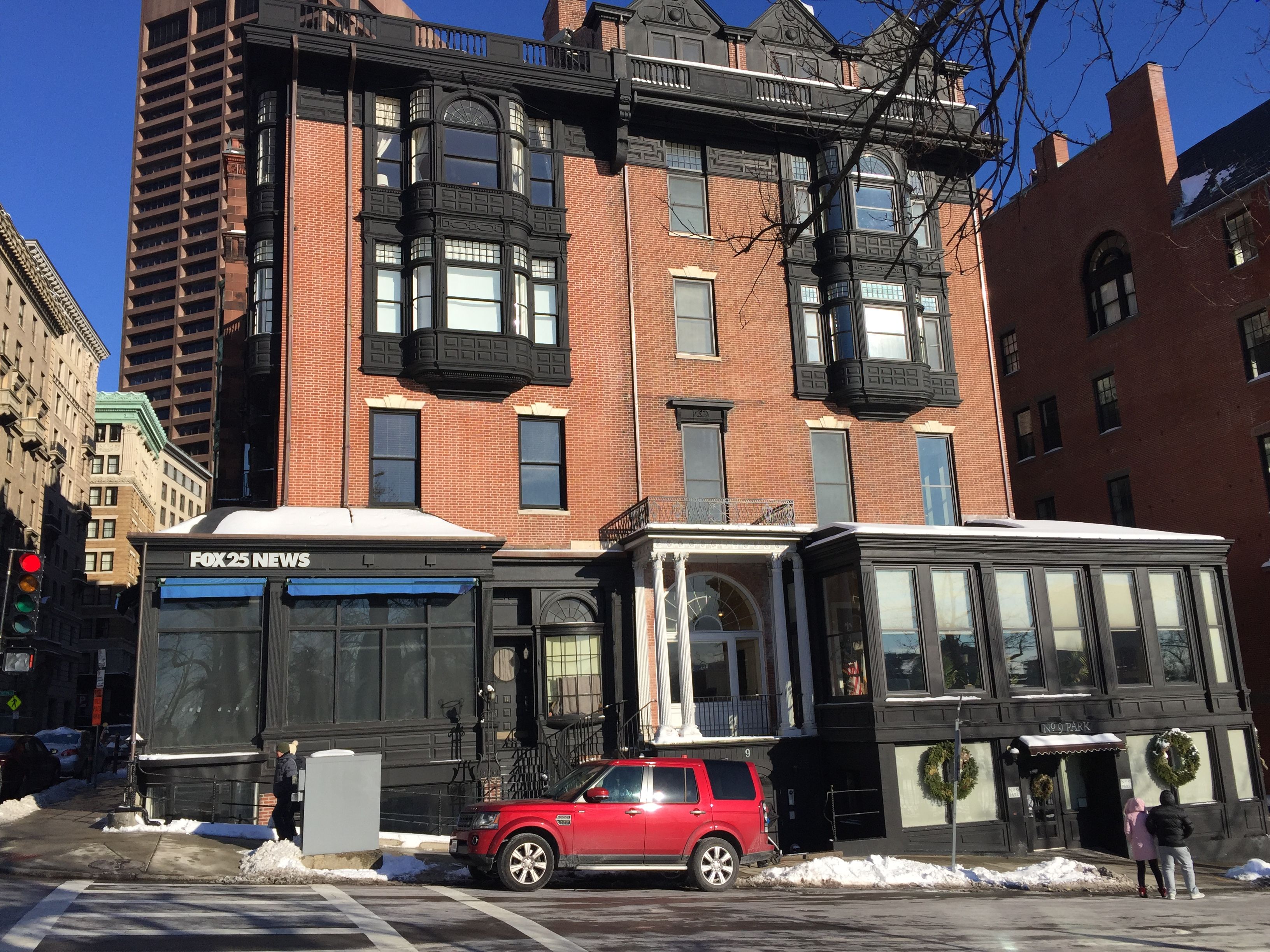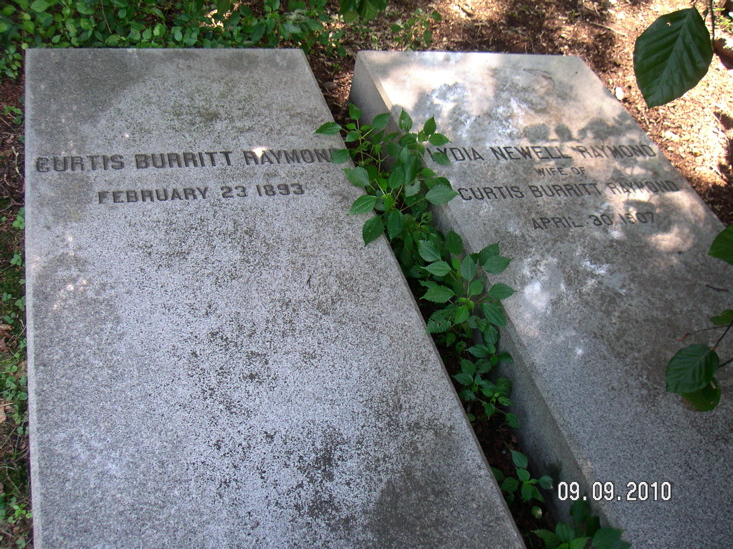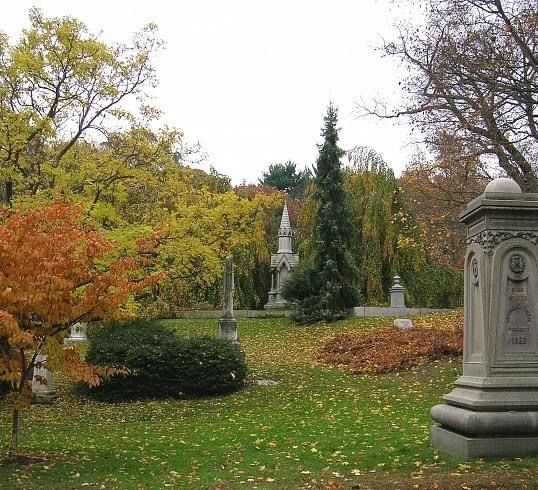He became a resident of Boston about the year 1844, and a member of the firm of Rice, Hall & Raymond, dry goods, at 54 Milk Street. In the Directory of 1839 his name appears as President of Brady's Bend Iron Company, 30 City Exchange. He became an early railroad investor and landowner and in 1854, he was an incorporator as well as a major investor in the Minnesota and Northwestern Railroad.
Mr. Raymond was prominent in military circles, and attained the rank of Major. He was well versed in the science of tactics, and revised Spencer's Manual for the First Corps of Cadets. This Manual, as revised by him, was afterward adopted for use in the Russian Army. He was also for several years a member of General Benjamin F. Edmands's staff. He was also placed in command at Fort Warren, Mass. Major Raymond also drilled several regiments of volunteers at the camp in Lynnfield early in the Civil War.
An intimate friend described him as having "a wonderful memory, a superior mind and talents of a high order. He knew no fear, and his love of truth and honor and justice shone forth transparent in his character; while his amiable, gentle, sympathetic nature made him beloved by all and a favorite wherever he went.
The following obituary appeared in the Appalachian Mountain Club: "The death of Major Raymond is a keen personal loss; and it is not too much to say that it is a misfortune to every White Mountain tourist. His indeed is a charming memory, of vigorous old age, of courtesy, refinement, liberal education, and all the ennobling characteristics of a gentleman of the old school."
He was also an enthusiastic explorer, and lover of the White Mountains. In 1863 he first blazed the way along the trail which leaves the carriage-road at the second mile-post, on the Glen side of Mount Washington, and leads upward to the so-called Snow Arch. This trail was improved by him in 1891, and is known as the Raymond Path.
This fine path extends from the Mount Washington Carriage Road to the Tuckerman Ravine Path. There was a trail in approximately this location as early as 1854. The late Major Curtis B. Raymond, who built his first path in 1863, and completed it to the Snow Arch in 1879, maintained it until his death in 1893. For many years afterwards it was maintained through the generosity of Mrs. Raymond. It is now an A. M. C. path.
He became a resident of Boston about the year 1844, and a member of the firm of Rice, Hall & Raymond, dry goods, at 54 Milk Street. In the Directory of 1839 his name appears as President of Brady's Bend Iron Company, 30 City Exchange. He became an early railroad investor and landowner and in 1854, he was an incorporator as well as a major investor in the Minnesota and Northwestern Railroad.
Mr. Raymond was prominent in military circles, and attained the rank of Major. He was well versed in the science of tactics, and revised Spencer's Manual for the First Corps of Cadets. This Manual, as revised by him, was afterward adopted for use in the Russian Army. He was also for several years a member of General Benjamin F. Edmands's staff. He was also placed in command at Fort Warren, Mass. Major Raymond also drilled several regiments of volunteers at the camp in Lynnfield early in the Civil War.
An intimate friend described him as having "a wonderful memory, a superior mind and talents of a high order. He knew no fear, and his love of truth and honor and justice shone forth transparent in his character; while his amiable, gentle, sympathetic nature made him beloved by all and a favorite wherever he went.
The following obituary appeared in the Appalachian Mountain Club: "The death of Major Raymond is a keen personal loss; and it is not too much to say that it is a misfortune to every White Mountain tourist. His indeed is a charming memory, of vigorous old age, of courtesy, refinement, liberal education, and all the ennobling characteristics of a gentleman of the old school."
He was also an enthusiastic explorer, and lover of the White Mountains. In 1863 he first blazed the way along the trail which leaves the carriage-road at the second mile-post, on the Glen side of Mount Washington, and leads upward to the so-called Snow Arch. This trail was improved by him in 1891, and is known as the Raymond Path.
This fine path extends from the Mount Washington Carriage Road to the Tuckerman Ravine Path. There was a trail in approximately this location as early as 1854. The late Major Curtis B. Raymond, who built his first path in 1863, and completed it to the Snow Arch in 1879, maintained it until his death in 1893. For many years afterwards it was maintained through the generosity of Mrs. Raymond. It is now an A. M. C. path.
Family Members
Advertisement
Advertisement















